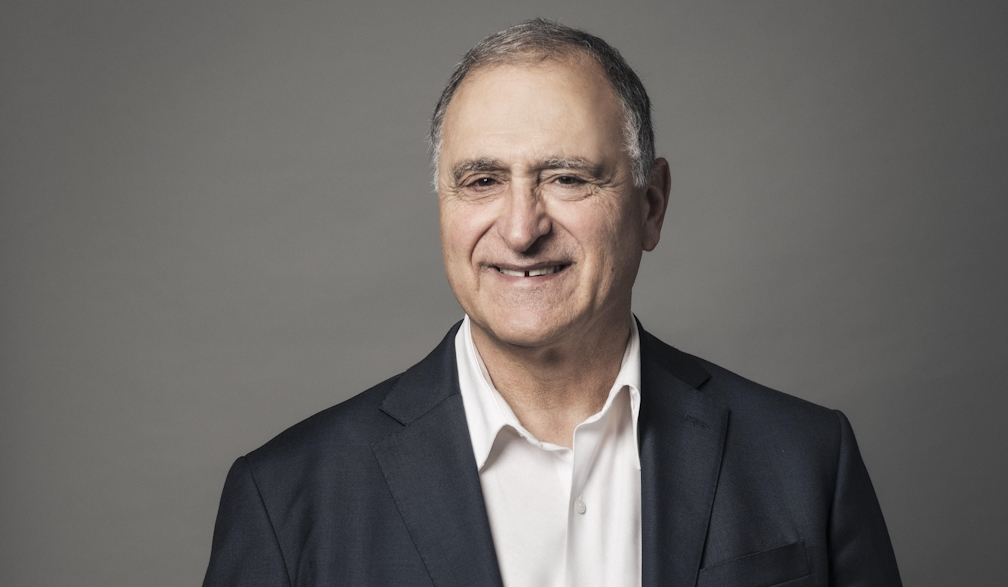Despite low awareness, Australians prefer Open Banking for their mortgage applications

New research by Open Banking provider Frollo shows that 55% of Australians have never heard of Open Banking, and only 18% have at least a basic understanding of the concept. Yet, a short description convinces 32% of Australians that it’s their preferred method of sharing financial data in the mortgage application process.
Frollo surveyed 1,030 Australians about a range of digital banking-related topics, including Open Banking. The sample included 517 people who identified a mutual bank as their primary bank and 513 people who primarily bank with a non-mutual bank.
Open Banking: Low awareness - high preference
Most Australians (55%) indicated that they had never heard of the term Open Banking. 27% said they had heard of the term but don’t know what it is. Only 12% have a basic understanding, and 6% say they have a good understanding of Open Banking.
Interestingly, it didn’t take much for Australians to prefer Open Banking over digital and physical copies of their bank statements and payslips when applying for a mortgage.
After the respondents were told that Open Banking was ‘a secure and government-regulated method to share financial information with just a few clicks’, 32% of them said this was their preferred method of sharing financial information during the mortgage process. 29% still preferred digital copies, 22% didn’t know, and 17% preferred to share digital copies of their bank statements and payslips.
Australians want all of their finances in one banking app
Having a comprehensive view of their finances within a single app can be extremely valuable for Australian consumers. On average, they hold financial products with 2.5 different institutions. This figure slightly increases to 2.8 for Millennials while decreasing to 2.4 for Baby Boomers and Gen X.
Unsurprisingly, when asked about their most desired feature, a full financial overview in their banking app ranked highest among Australian consumers. Approximately 20% of Australians deemed this feature as the most valuable, while almost half (44%) ranked it in their top three. In fact, 48% of banking customers in Australia would consider switching to a different bank if it offered this feature.
Personalised offers (14%) are the second most popular feature: Australians want their bank to help them get a better deal on their finances and notify them when there are better deals available for financial products they hold. Older generations value this more than younger generations, 55% of Baby Boomers have Personalised Offers in their top 3, 41% of Gen X, 35% of Millennials and 22% of Gen Z.
The features worth switching for
Almost half of Australians (48%) would consider switching to a bank that provides them with a full financial overview in their banking app. 46% of Australians would consider switching for round-ups, 44% for financial insights and 43% for money management tools.
Younger generations are more likely to consider switching for digital banking features, 58% of Gen Z and 70% of Millennials would consider switching for a full financial overview. Baby Boomers and the Silent Generation are less likely to switch, on average between 10% and 25% of them would consider switching for each of these features.
The Open Banking opportunity
Frollo’s Chief Customer Officer Simon Docherty sees a clear opportunity for banks, specifically mutual banks, to compete using Open Banking: “This research validates what we’ve been saying for a while now: There’s a great opportunity for mutual banks to compete and win back market share using Open Banking. Offering a full financial overview in their banking app can help mutual banks gain market share by attracting a younger customer base. It can also provide them with a full picture of their customers’ finances, enabling them to provide personalised offers and increase share of wallet with existing customers. And of course, financial insights and money management tools are a perfect match for mutual banks looking to provide more value to their customers.
Innovators like Beyond Bank and P&N Group saw these benefits early on and have been “live in market” with their own Open Banking powered apps for a while. I expect to see a lot more in this space over the next 12 months.”
Awareness and preference
The fact that one-third of Australians prefer Open Banking for mortgage applications is encouraging, says Frollo CEO Tony Thrassis: “It’s unsurprising that most Australians haven’t heard of Open Banking, as there haven’t really been any attempts to raise awareness with the broader public. If anything, the 45% awareness figure is surprisingly high. What’s very encouraging is that when we explain what Open Banking is, it immediately becomes the most preferred way to share financial data for a mortgage application.
This shows an incredible level of consumer readiness, even if awareness is still low. And it shows that businesses who invest in using Open Banking in their mortgage application process now can build off a good foundation and begin to reap the rewards.”
Mathew Mytka, Regional Director of FDATA A&NZ, says: "The time has come for more investment into growing the Open Banking ecosystem. Consumers need what this ecosystem can offer, and as this research from Frollo highlights, they want it. The Australian Government needs to do more to further incentivise adoption, encourage more well-coordinated industry collaboration and further support consumer awareness."
Rehan D'Almeida, General Manager, FinTech Australia:
This research on the CDR speaks to a point FinTech Australia has been making for years: The ‘build it and they will use it’ mentality with fintech is not working. The sector requires a lock-step approach with Government that builds plans to educate and promote new fintech tools, like the CDR, sooner into their development process.
Industry is taking up the mantle with campaigns like CDR Month. However, we need policy makers to play a greater role and take a broader interest in the awareness and adoption of these tools.
Australians are quick to catch on to new technology — we’ve seen other tools be adopted ubiquitously within years. But history — and the results of this latest study — has shown us that if we leave it up to fintechs and the major banks, we won’t have cut-through.







